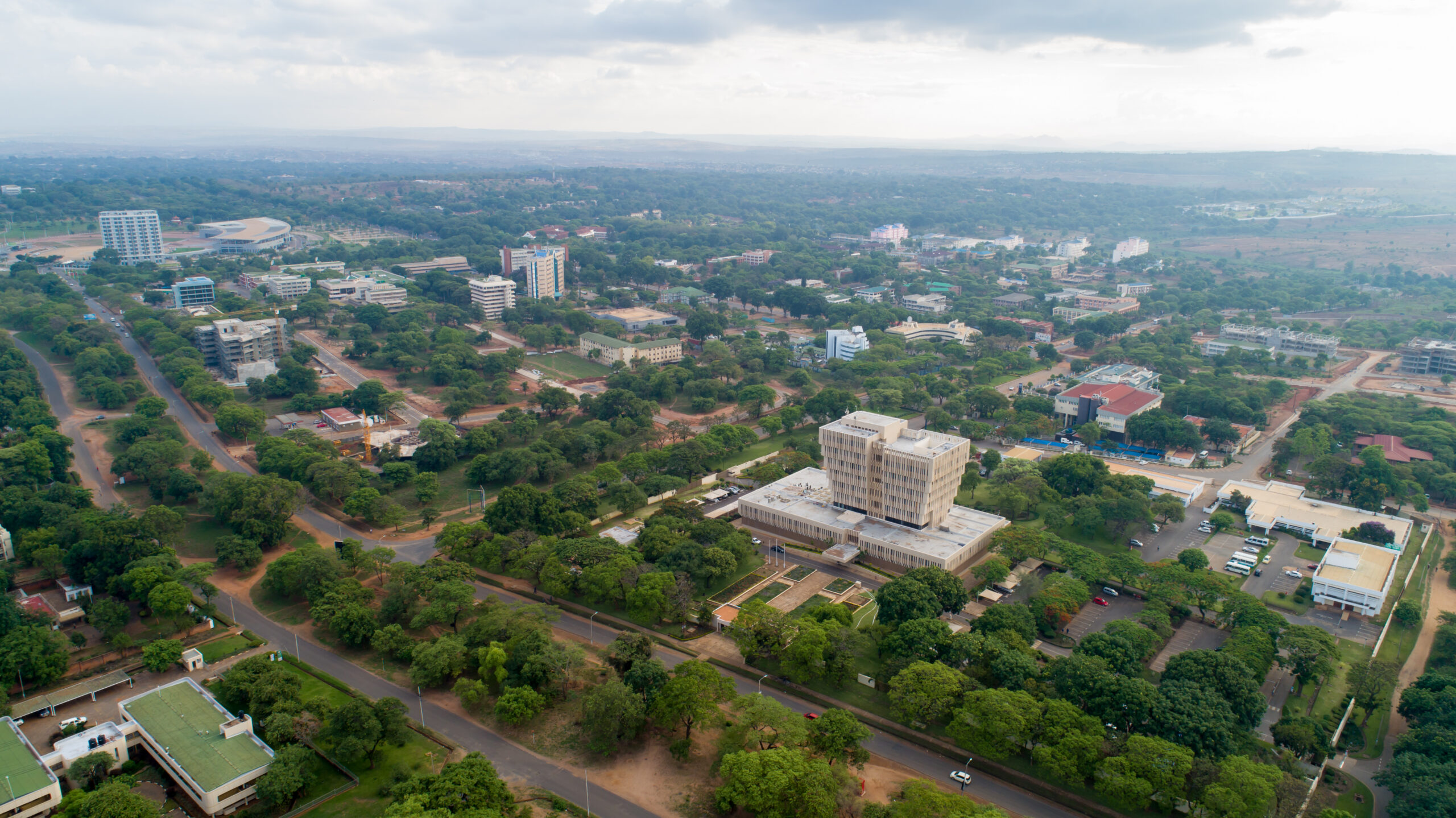Lilongwe, Malawi
Learn more about Lilongwe's food system below
City overview
Lilongwe, known as the Garden City, started as a small fishing village on the banks of the Lilongwe River. A boma (fort) was established in 1902, and in 1965, the capital moved from Zomba to Lilongwe to centralise government administration and stimulate development in central and northern Malawi. Lilongwe was declared the official capital in 1975. Covering 403.3 square kilometers, the city had a population of 989,318 in 2018, representing 5.6% of the national population, with a current daytime population around 1,300,000. The annual growth rate decreased from 4.4% in 2008 to 3.8% in 2018. The city’s literacy rate has risen from 10% at independence in 1964 to about 87.4% today. As a planned city, Lilongwe consists of four sectors: Old Town, Capital Hill, Kanengo, and Lumbadzi, designed to reduce travel distances and minimize traffic congestion.
Status of food and nutrition security
The 2017 Malawi Vulnerability Assessment Committee reported that around 1 million people were in need of humanitarian assistance, a significant improvement from 2015–2016. In Lilongwe, the 2022 MVAC revealed that 337,843 residents would face food insecurity from January to March 2023.
Undernutrition among women and children remains a major public health challenge. Nationally, 63% of children under 5 are anemic, as are 33% of women. While 61% of infants aged 0–5 months are exclusively breastfed, this drops to 34% among children aged 4–5 months.
The Malawi Government’s Food Security Policy aims to ensure that no actions by the government or private traders reduce access to safe, nutritious food. It emphasises that every person has the right to food security and a healthy standard of living. The policy identifies eight priority areas, including prevention of undernutrition and treatment of acute malnutrition, among others.
Food systems policies and programmes
Lilongwe City does not have a Municipal Urban Food Policy; instead, such policies exist at the national level. However, over the years, Lilongwe City has developed comprehensive food bylaws to regulate the care, sale, and consumption of food within the city. The goal is to ensure a healthy population that is free from diseases related to contaminated food (refer to the city food bylaws shared). Through the Fresh Foods Market project, we plan to collaborate with ICLEI Africa to develop an urban food policy or strategy for Lilongwe City, aligning it with existing bylaws and the Malawi National Food Security and Nutrition Policy.

email: info@lcc.mw

Challenges
Climate Change and Extreme Weather
Our settlements are increasingly vulnerable to cyclones, even in urban areas. In response to climate change, Lilongwe City Council (LCC) is implementing lean season interventions to assist the most vulnerable households with bags of maize and cash assistance (K150,000.00). Subsistence farmers in peri-urban areas are encouraged to grow drought-resistant crops. LCC has partnered with UN-Habitat and ECHO to implement the DG-ECHO preparedness project, which addresses various preparedness and response issues. This initiative aims to strengthen governance structures at both the city and ward levels to reduce the loss of property and lives.
Comprehensive Road Network Upgrading Project
For a decade, Lilongwe City has faced poor infrastructure due to a lack of modern road development. However, Malawi has launched a comprehensive road upgrading project, with some improvements already underway.
Strengths
Climate change and extreme weather events
Poor infrastructure
Successful initiatives
1.Scaling Up Nutrition in Peri-Urban Lilongwe The Lilongwe City Council (LCC), in collaboration with a local organisation, implemented a pilot project to improve nutrition in marginalised informal settlements. This initiative enhanced the capacity of council officers to establish community nutrition groups focused on supporting vulnerable households. Participants are encouraged to grow nutritious food in their backyards or engage in income-generating activities to access healthy food from markets.
2.Fresh Food Market Project LCC has partnered with ICLEI Africa to assess the current status of fresh food markets in the city and identify gaps for future projects. Recent multi-stakeholder consultations on market needs will support peer-to-peer learning with other cities.
3.Lean Season Response and AIP Programs To address food insecurity caused by cyclones and drought, the government introduced programmes for food vulnerability assessments and resource mobilisation. The AIP programme provides affordable farm inputs to help farmers achieve better yields despite ongoing challenges.
Ambitions and targets in terms of sustainability of the food system
1.Enhanced Productivity and Resource Management: Improve agricultural output by utilising better seeds, fertilizers, irrigation, and soil conservation practices, boosting food security and farmer incomes while reducing pressure on natural resources.
2.Reduced Food Loss and Waste: Implement improved storage facilities, processing techniques, and transportation infrastructure to minimise post-harvest losses, ensuring more food reaches consumers and lessens environmental impact.
3.Stronger Market Systems and Access: Create a more efficient food supply chain that connects farmers directly to consumers, reducing reliance on middlemen. This would enhance farmer profits, ensure fair prices for consumers, and promote food security.
4.Diversified and Nutritious Diets: Promote urban agriculture, support local processing of fruits and vegetables, and raise awareness about healthy eating to enhance dietary diversity and combat malnutrition.
5.Climate-Smart Agriculture: Implement sustainable farming practices that reduce greenhouse gas emissions, improve water management, and build resilience to climate change, ensuring long-term food security.
